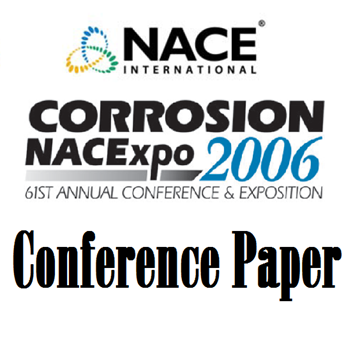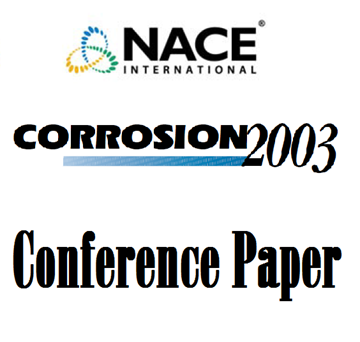Search
97513 EFFECTS OF RESIDUAL ELEMENTS ON THE CORROSION RESISTANCE OF STEELS IN HF
Also Purchased
06588 CORROSION RATES OF CARBON STEEL In HF ALKYLATION SERVICE
Product Number:
51300-06588-SG
ISBN:
06588 2006 CP
Publication Date:
2006
$20.00
99381 CARBON STEEL FLANGES AND WELDS EVALUATION ON HF-ALKYLATION UNIT
Product Number:
51300-99381-SG
ISBN:
99381 1999 CP
$20.00
03651 Specification for Carbon Steel Materials for Hydrofluoric Acid Alkylation Units
Product Number:
51300-03651-SG
ISBN:
03651 2003 CP
Publication Date:
2003
$20.00




